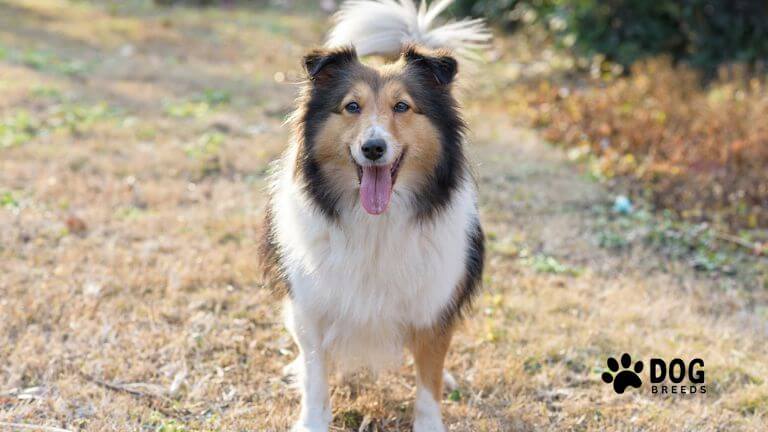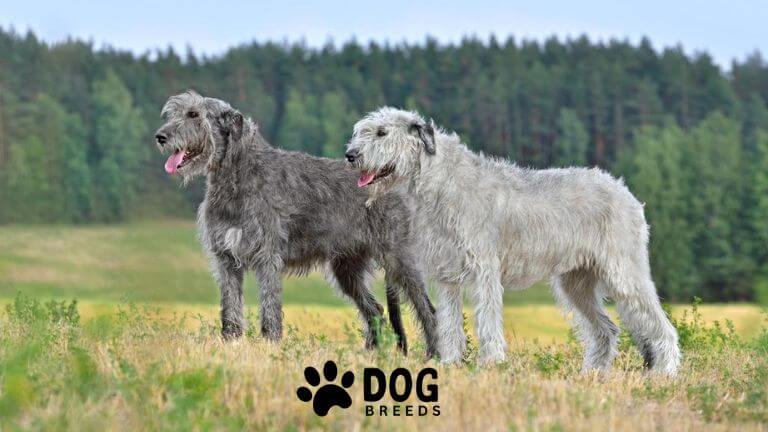Shetland Sheepdog Dog Breed: Traits, Care, and History
The Shetland Sheepdog, affectionately known as the “Sheltie,” is a small yet highly intelligent herding breed. Originating from the rugged Shetland Islands of Scotland, these dogs were initially bred to herd sheep and protect crops from wandering animals. Their small size made them efficient for herding in the challenging terrain of their homeland. Today, Shelties are cherished not only for their working abilities but also for their companionship, loyalty, and striking beauty.
Shetland Sheepdog Key Characteristics
| Characteristic | Details |
| Size | Small to medium (13–16 inches tall at the shoulder) |
| Weight | 15–25 pounds |
| Coat Type | Dense double coat with a long, straight, and harsh outer layer |
| Colors | Sable, blue merle, black with white and tan markings |
| Temperament | Intelligent, loyal, affectionate, alert, and energetic |
| Average Lifespan | 12–14 years |
| Energy Level | High; needs regular exercise |
| AKC Group | Herding |
Shetland Sheepdog Physical Characteristics
Shetland Sheepdogs are compact and graceful. They stand between 13 and 16 inches tall and weigh 15 to 25 pounds. Their signature feature is their thick double coat, which provides excellent protection from harsh weather. The outer coat is long, straight, and coarse, while the undercoat is soft and dense. Shelties come in several colors, including sable, blue merle, and black, often paired with white and tan markings. Their almond-shaped eyes and expressive faces give them an intelligent and alert appearance.
Shetland Sheepdog Temperament and Personality
Shelties are known for their intelligence and loyalty, making them excellent family dogs. They are gentle and affectionate and form strong bonds with their families. These dogs are naturally alert and make excellent watchdogs, though they are not aggressive. Shelties are well-suited for families with children due to their playful and friendly nature. However, they may be shy around strangers, so early socialization is crucial.
Shetland Sheepdog Care Requirements
Grooming
Shetland Sheepdogs require regular grooming to maintain their lush coats. Weekly brushing is essential to prevent matting and reduce shedding. During seasonal shedding periods, more frequent brushing may be needed. Routine nail trimming, ear cleaning, and dental care should also be part of their grooming regimen.
Exercise Needs
Shelties are high-energy dogs that thrive on daily exercise. A mix of walks, playtime, and mental stimulation, such as puzzle toys or agility training, keeps them happy and healthy. Without sufficient activity, they may become bored and develop unwanted behaviors like excessive barking.
Dietary Requirements
Feed Shelties a balanced diet appropriate for their size, age, and activity level. High-quality dry kibble, free of artificial additives, is a good choice. Consult your veterinarian for portion sizes and to address any specific dietary needs.
Training and Behavior
Shetland Sheepdogs are highly trainable due to their intelligence and eagerness to please. Positive reinforcement methods work best, as Shelties responds well to praise, treats, and affection. They excel in obedience training, agility, and herding trials. However, they can be sensitive to harsh corrections, so patience and consistency are key. Some Shelties may exhibit excessive barking, which can be managed with proper training and mental stimulation.
Health and Lifespan
Shetland Sheepdogs typically live 12 to 14 years. While generally healthy, they are prone to certain genetic conditions, including:
- Collie Eye Anomaly (CEA): A congenital eye condition.
- Hip Dysplasia: A joint issue affecting mobility.
- Hypothyroidism: A condition that can cause weight gain and lethargy.
- Dermatomyositis: A skin and muscle disorder seen in some Shelties.
Regular veterinary check-ups, vaccinations, and preventive care can help manage these issues. Early screening for genetic conditions is also recommended for puppies.
Living Environment
Shelties adapt well to different living situations. They can thrive in apartments if provided with sufficient exercise but are happiest in homes with access to a yard. Their natural herding instincts may cause them to chase moving objects, so secure fencing is essential. Shelties are sensitive to extreme heat and should always have access to shade and fresh water.
Breed History and Background
The Shetland Sheepdog traces its roots to the Shetland Islands of Scotland, where they were bred to herd sheep and protect farmland. Their small size was ideal for the islands’ limited resources and harsh conditions. They share ancestry with the Rough Collie, and over time, they were refined into the breed recognized today. The American Kennel Club officially recognized the Shetland Sheepdog in 1911.
Frequently Asked Questions
Are Shetland Sheepdogs good with children?
Yes, Shelties are gentle and playful, making them excellent companions for children.
Do Shetland Sheepdogs shed a lot?
Yes, Shelties have a dense double coat and shed year-round, with heavier shedding during seasonal changes.
Are Shetland Sheepdogs easy to train?
Absolutely! Shelties are intelligent and eager to please, excelling in obedience and agility training.
How much exercise do Shelties need?
Shelties need at least an hour of daily exercise, including walks and playtime.
What is the average lifespan of a Sheltie?
Shetland Sheepdogs typically live 12 to 14 years with proper care.
- Why Are Dalmatians Not Popular? Uncovering the Truth Behind the Rarity of This Iconic Breed - April 16, 2025
- Top 15 Chinese Dog Breeds: Discover the Best Dogs from China - April 14, 2025
- Dalmatian Dog Breed: History, Care, Personality & Health - April 3, 2025







